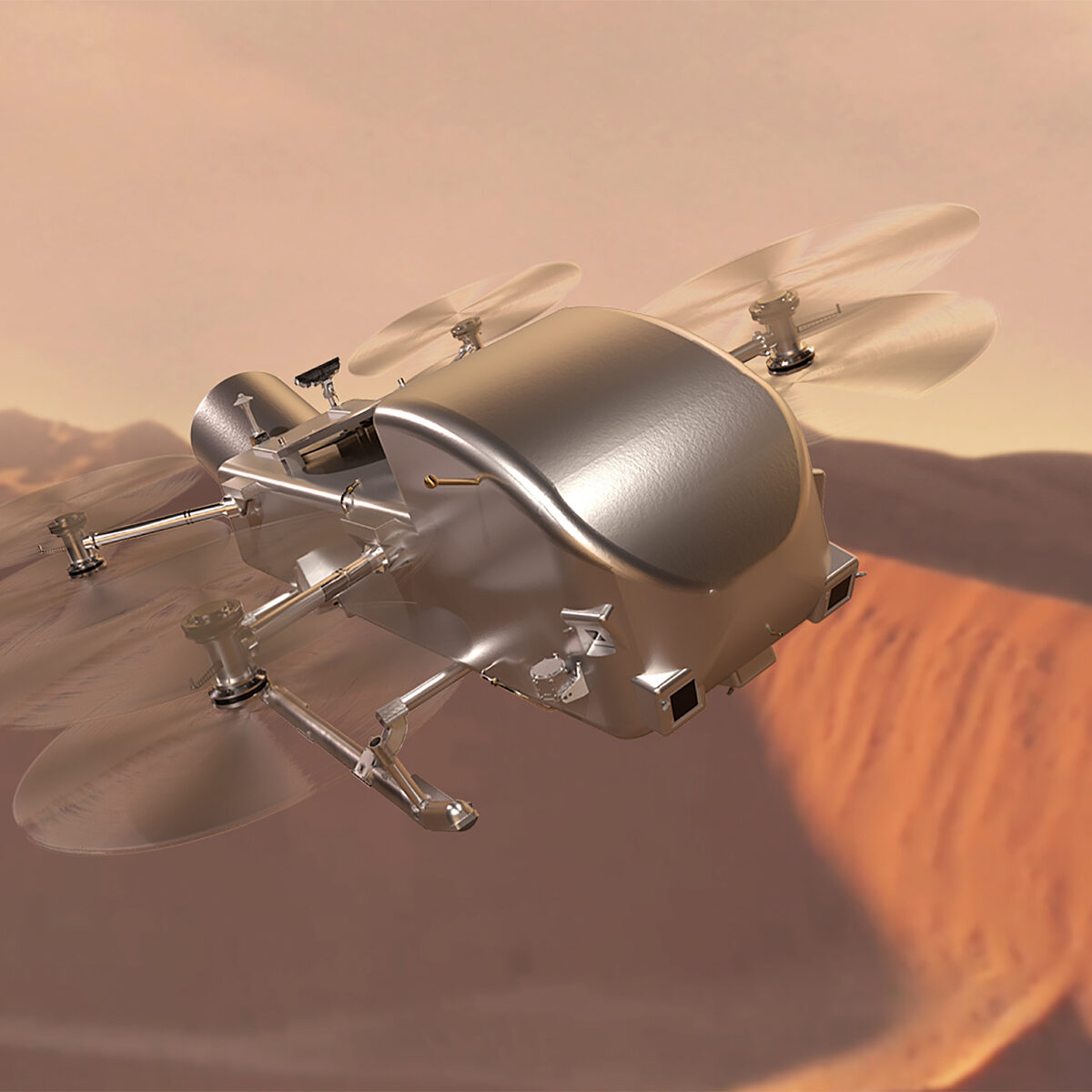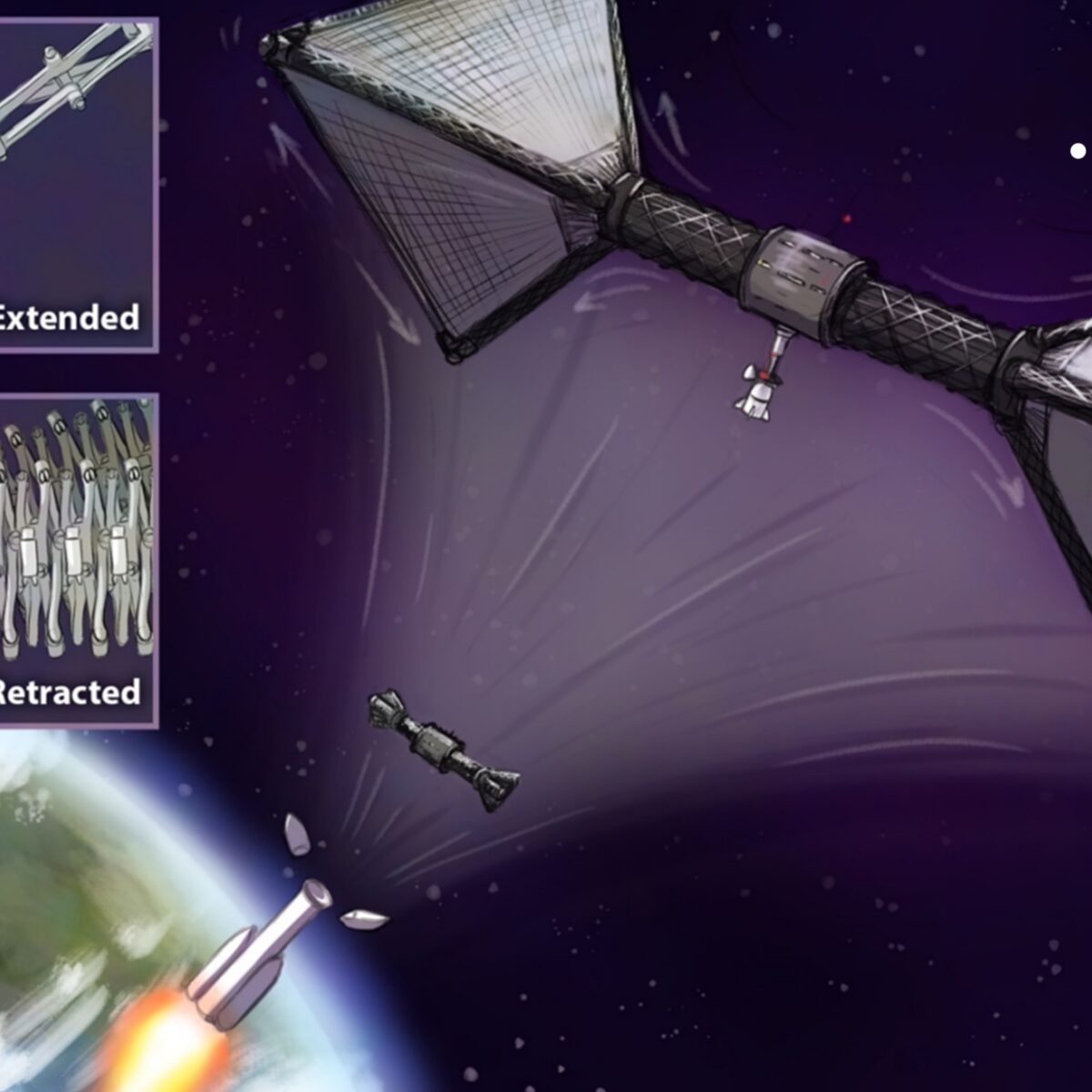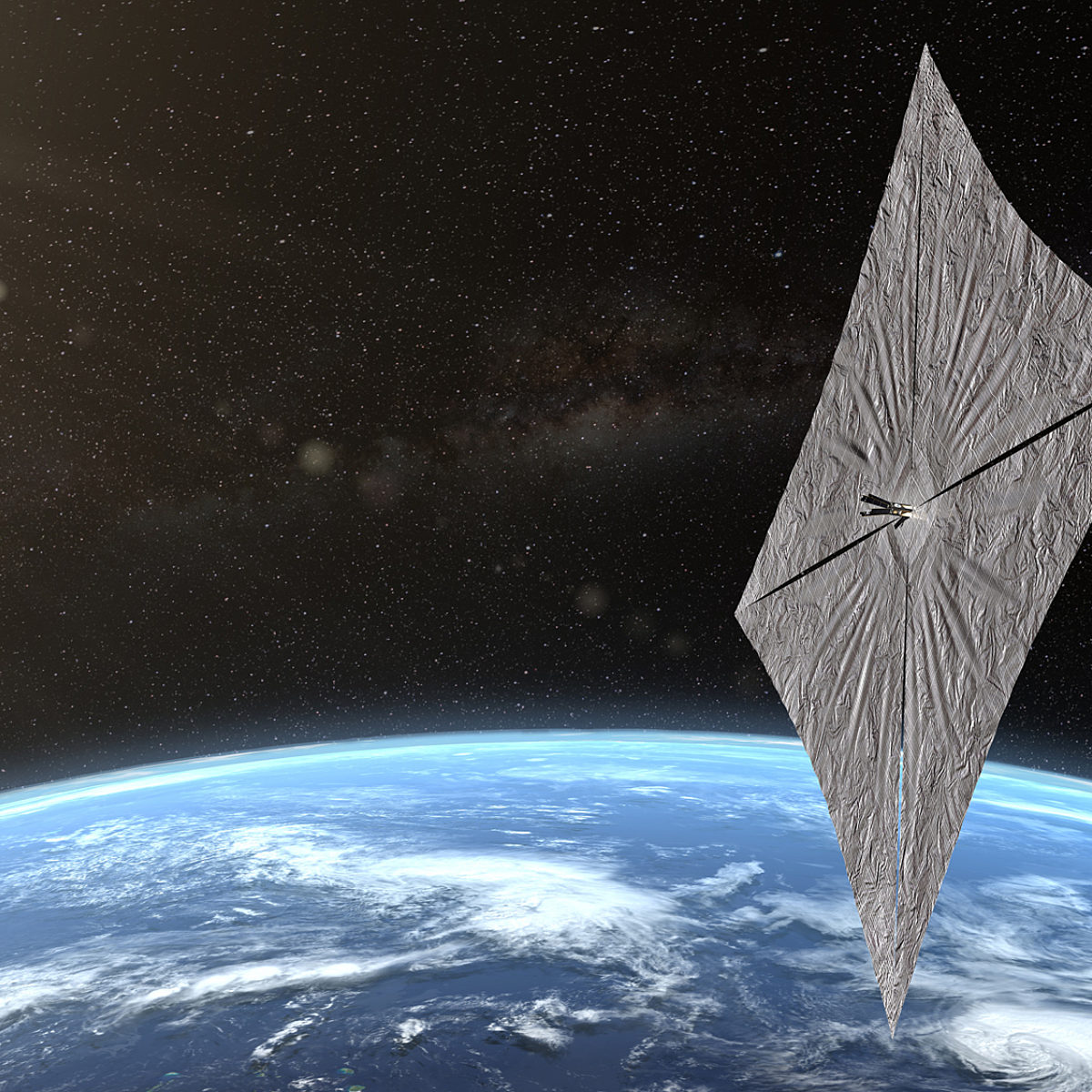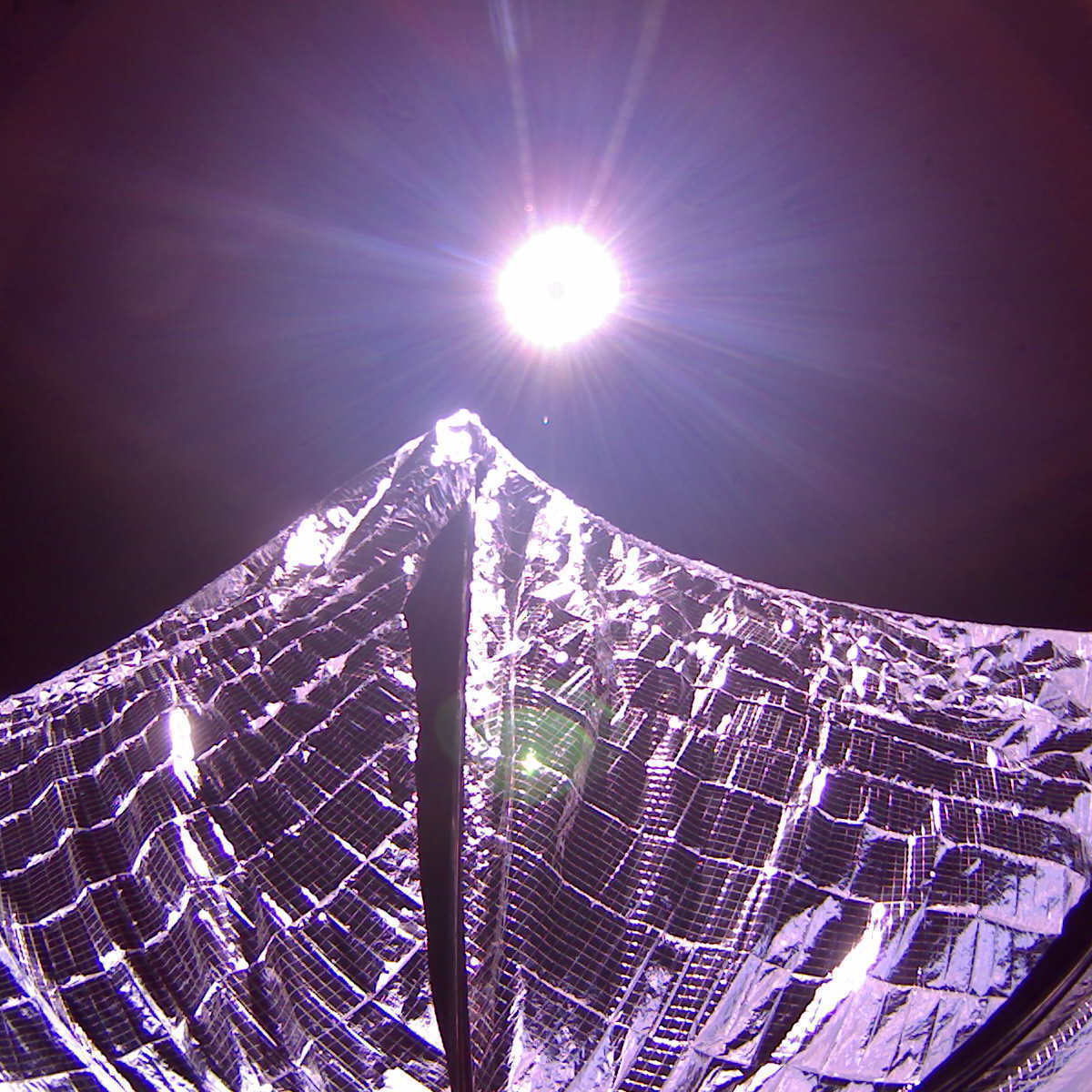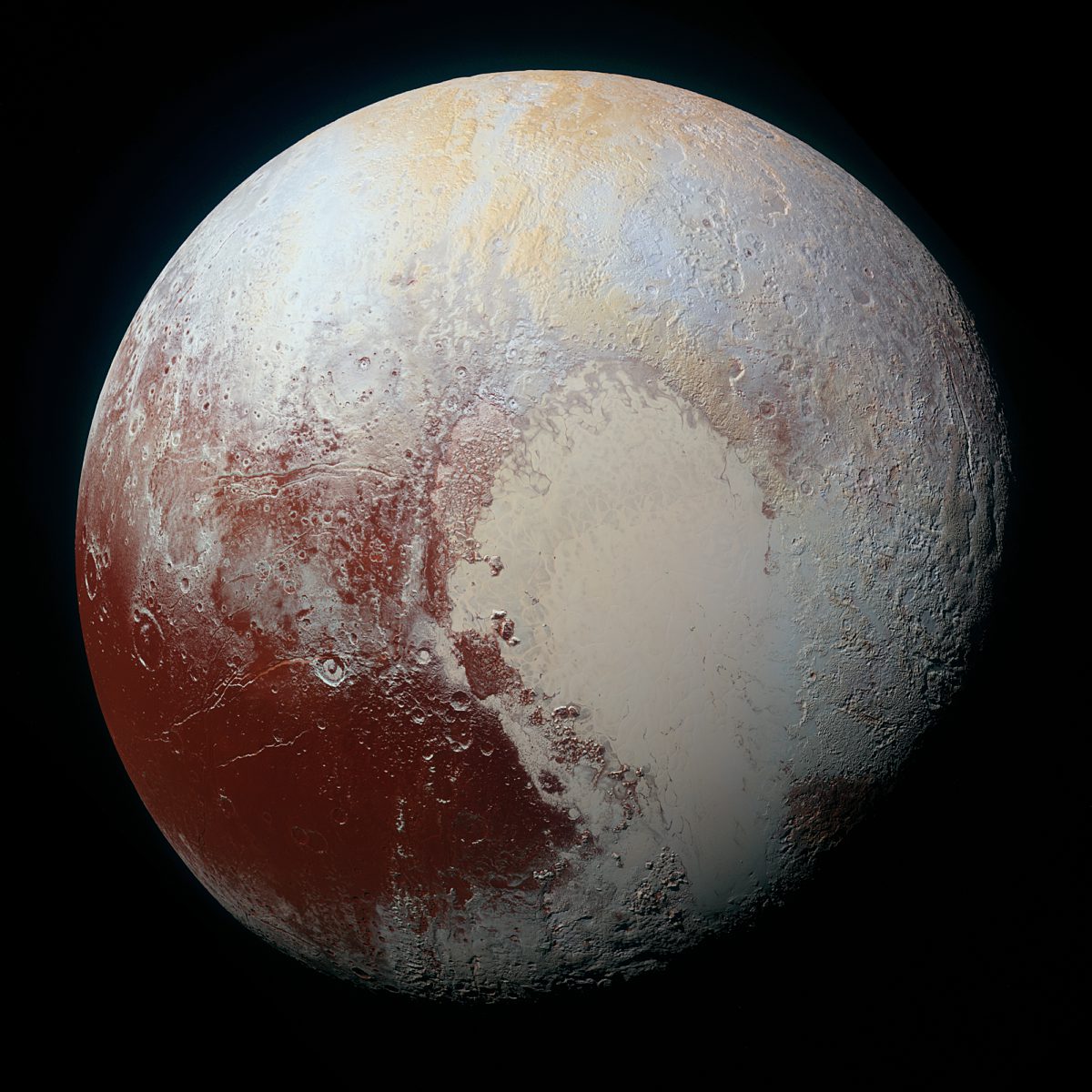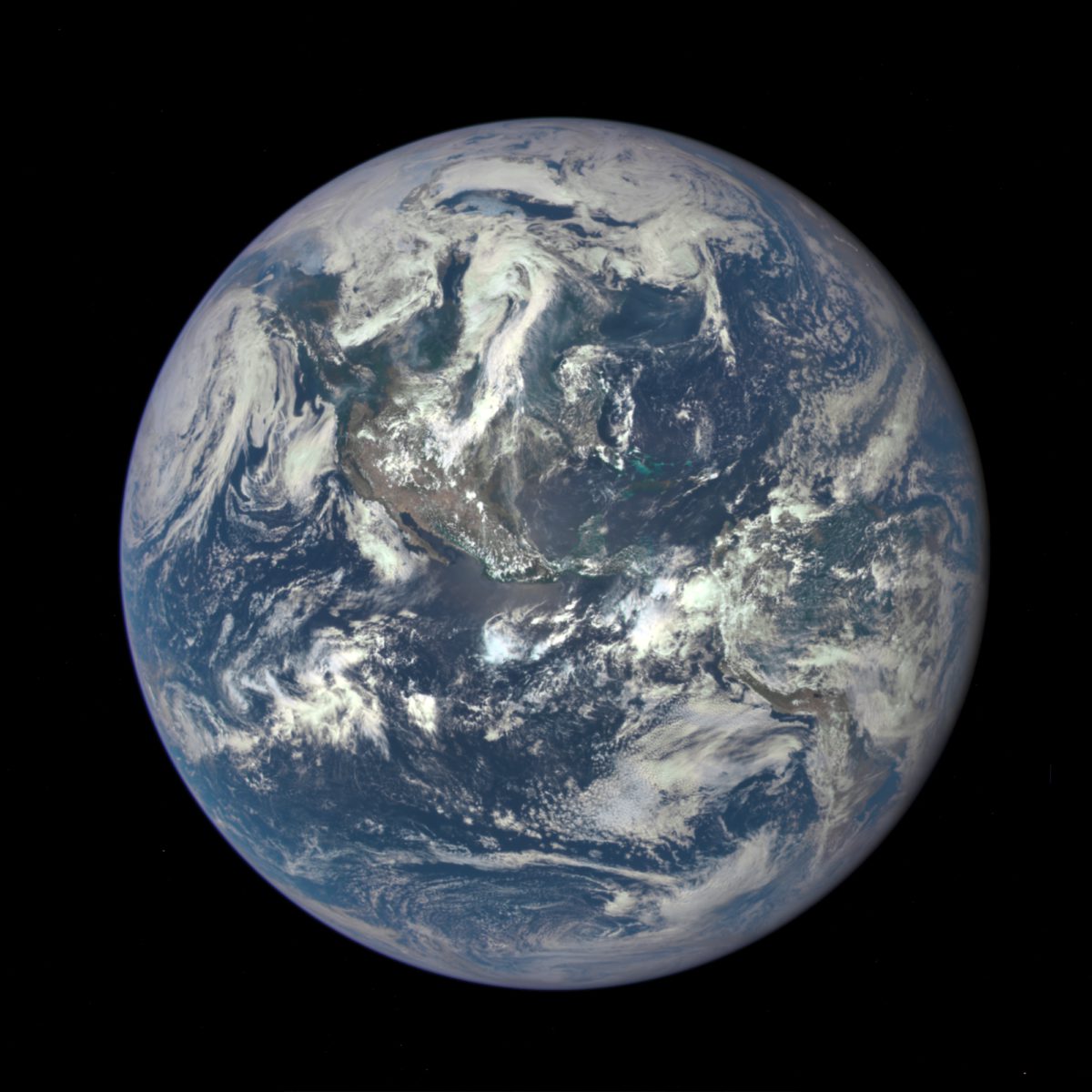Since 2002, Planetary Radio has visited with a scientist, engineer, project manager, advocate, or writer who provides a unique perspective on the quest for knowledge about our Solar System and beyond. The full show archive is available for free.
Search Planetary Radio
Join us for part one of our journey to the 2024 NASA Innovative Advanced Concepts (NIAC) Symposium. We'll hear from the teams behind two of this year's NIAC projects that could help us study distant planets and potentially reach them ourselves.
NASA's Dragonfly mission to Saturn's moon Titan has been authorized to proceed with work on final mission design and fabrication. This week on Planetary Radio, we get an update on the mission's progress and new timeline.
Join us at the 2022 NASA Innovative Advanced Concepts (NIAC) Symposium for a taste of projects that just might change the world.
Into the Anthropocosmos is MIT Space Exploration Initiative director Ariel Ekblaw’s collection of innovations that will improve life in space and on Earth.
Spacecraft need a navigation and communication infrastructure to carry out their missions. Learn how NASA does it and what’s in store for the future.
Here’s our sampling of the leading edge research presented by NIAC Fellows at NASA’s 2021 virtual gathering.
NASA engineer and scientist Troy Hudson shares the sad but ultimately inspiring story of a two-year attempt to dig deep beneath the surface of Mars.
We examine a few of the thousands of technologies and innovations developed by NASA that are making lives better around our planet.
NASA has given the green light to Principal Investigator Les Johnson and his team for construction of a solar sail that dwarfs all that have come before.
Join us as the little cubesat successfully unfurls its solar sail! You’ll hear from members of the LightSail 2 mission team on the morning of July 23, 2019, when the critical command was sent to the spacecraft.
A giant SpaceX Falcon Heavy lifted off in the early hours of June 25th. One week later, the LightSail 2 solar sail was released to begin its epic mission. You’ll join the thrilling launch, meet LightSail team members and leaders of other missions, and get a solar sail update in this very special episode.
The day is almost here. With the launch of a Falcon Heavy rocket, The Planetary Society will begin its mission to prove that a tiny, orbiting spacecraft can be propelled by the light of the Sun.
LightSail 2 is not the only solar sail in the universe. NASA’s Marshall Space Flight Center and the Jet Propulsion Lab are preparing to send NEA Scout on a long, light-propelled journey to a near Earth asteroid.
The co-founder and Executive Director Emeritus of The Planetary Society returns for a conversation about the allure of sailing through space.
The Planetary Society’s LightSail 2 solar sail spacecraft is ready to be packed away for its ride to orbit on a SpaceX Falcon Heavy rocket. Mat Kaplan checks the mission’s status with team members.
In our third episode, we debate the risks and rewards of tying the future of a Europa mission to the fate of NASA's massive Space Launch System rocket. Also, NASA just announced that the next Mars rover will cost $2.4 billion—$900 million more than initially thought. But the mission is not considered over budget. Why not? Lastly, the U.S. just generated 50 grams of Plutonium-238, the largest amount in nearly thirty years. We celebrate the successful effort to create this critically important, though highly toxic, power source for deep space spacecraft.
Philip Lubin and his former student Travis Brashears have had quite a year. Their bold plan to send tiny probes to nearby stars is now supported by NASA and the Breakthrough Starshot $100 million dollar initiative. Hear their amazing story.
The Planetary Society’s solar sail spacecraft was in the middle of a critical test as we spoke with the Society’s Bruce Betts and Jason Davis.
Bruce Betts, Jason Davis, Casey Dreier and Emily Lakdawalla gather with Mat Kaplan for a fascinating and informative Planetary Radio Extra year-in-review roundtable discussion.
Come with us on a visit to the home of the prime meridian for a conversation with the curator of the Royal Observatory, Greenwich about the race to create a practical means for determining longitude.


 Explore Worlds
Explore Worlds Find Life
Find Life Defend Earth
Defend Earth



